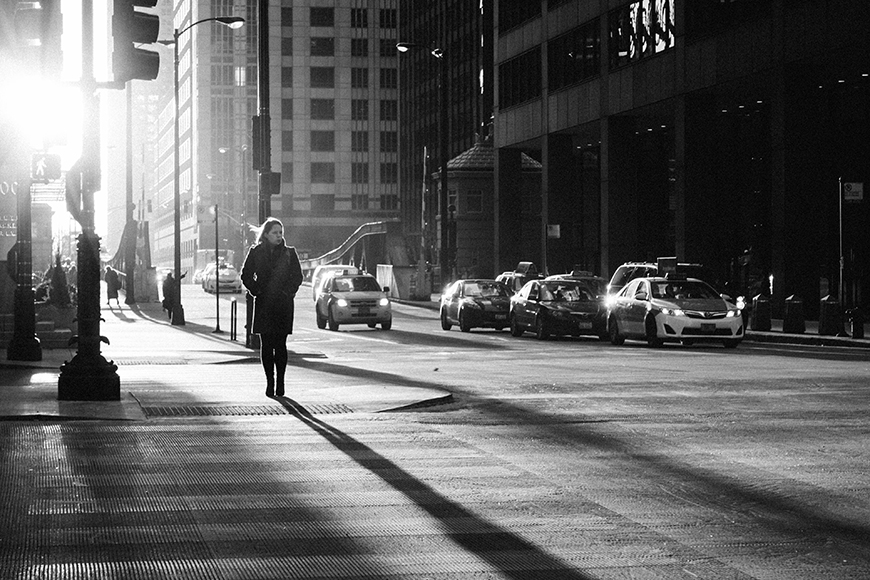3 Simple Techniques For Street Photographers
3 Simple Techniques For Street Photographers
Blog Article
A Biased View of Street Photographers
Table of ContentsGetting The Street Photographers To WorkSome Ideas on Street Photographers You Should KnowThe smart Trick of Street Photographers That Nobody is Talking AboutStreet Photographers Can Be Fun For EveryoneNot known Factual Statements About Street Photographers
Street digital photographers do not necessarily have a social function in mind, however they prefer to isolate and record minutes which may or else go unnoticed.Though he was affected by a lot of those that affected the road photographers of the 1950s and '60s, he was not primarily thinking about catching the spirit of the road. The impulse to aesthetically document people in public started with 19th-century painters such as Edgar Degas, douard Manet, and Henri de Toulouse-Lautrec, that functioned side by side with digital photographers trying to catch the significance of metropolitan life.
As opposed to Atget, photographer Charles Marville was employed by the city of Paris to produce an encyclopaedic paper of Haussmann's city planning job as it unfolded, therefore old and new Paris. While the photographers' subject was essentially the very same, the results were considerably different, demonstrating the impact of the photographer's intent on the personality of the images he generated.
Provided the fine quality of his photos and the breadth of material, designers and musicians typically bought Atget's prints to utilize as recommendation for their own job, though industrial passions were hardly his primary motivation. Instead, he was driven to photograph every last remnant of the Paris he loved.
Street Photographers Can Be Fun For Everyone
They reveal the city through his eyes. His work and basic understanding of photography as an art form acted as inspiration to generations of photographers that followed. The future generation of street photographers, though they likely did not refer to themselves therefore, was ushered in by the photojournalism of Hungarian-born professional photographer Andr Kertsz.
Unlike his peers, Brassa made use of a larger-format Voigtlnder electronic camera with a longer direct exposure time, forcing him to be much more calculated and thoughtful in his method than he may have been if making use of a Leica. (It is believed that he may not have actually had the ability to manage a Leica during that time, but he did, nevertheless, use one in the late 1950s to take colour pictures.) Brassa's photos of the Paris abyss illuminated by man-made light were a discovery, and the collection of the collection that he published, (1933 ), was a major success.
Cartier-Bresson was a champion of the Leica camera and one of the very first professional photographers to optimize its capacities. The Leica permitted the professional photographer to interact with the environments and to catch moments as they occurred. Its fairly tiny size likewise assisted the digital photographer discolor right into the history, which was Cartier-Bresson's favored approach.
Rumored Buzz on Street Photographers
It is as a result why not try these out of this fundamental understanding of the art of photo taking that he is often attributed with finding the tool throughout again roughly a century considering that its invention. He took photos for greater than a half century and influenced generations of professional photographers to check trust their eye and instinct in the moment.
These are the questions I will attempt to address: And afterwards I'll leave you with my own interpretation of street photography. Yes, we do. Let's kick off with defining what an interpretation is: According to (Street Photographers) it is: "The act of defining, or of making something precise, distinct, or clear"
No, absolutely not. The term is both limiting and misinforming. Seems like a street photography must be photos of a streets look at more info right?! And all street professional photographers, with the exception of a tiny number of absolute novices, will totally appreciate that a street is not the vital element to street digital photography, and actually if it's an image of a road with possibly a couple of uninteresting individuals not doing anything of rate of interest, that's not street photography that's a photo of a road.
The 10-Second Trick For Street Photographers
He makes a legitimate point don't you assume? While I agree with him I'm not certain "honest public digital photography" will catch on (although I do kind of like the term "candid digital photography") since "road photography" has been around for a lengthy time, with several masters' names connected to it, so I believe the term is below to remain (Street Photographers).
You can fire at the beach, at an event, in an alley, in a park, in a piazza, in a cafe, at a museum or art gallery, in a metro terminal, at an occasion, on a bridge, under a bridge ...
Yes, I'm afraid we terrified no choice! Without policies we can not have an interpretation, and without a definition we don't have a style, and without a style we do not have anything to specify what we do, and so we are stuck in a "rules meaning genre" loophole!
The 8-Second Trick For Street Photographers

Report this page